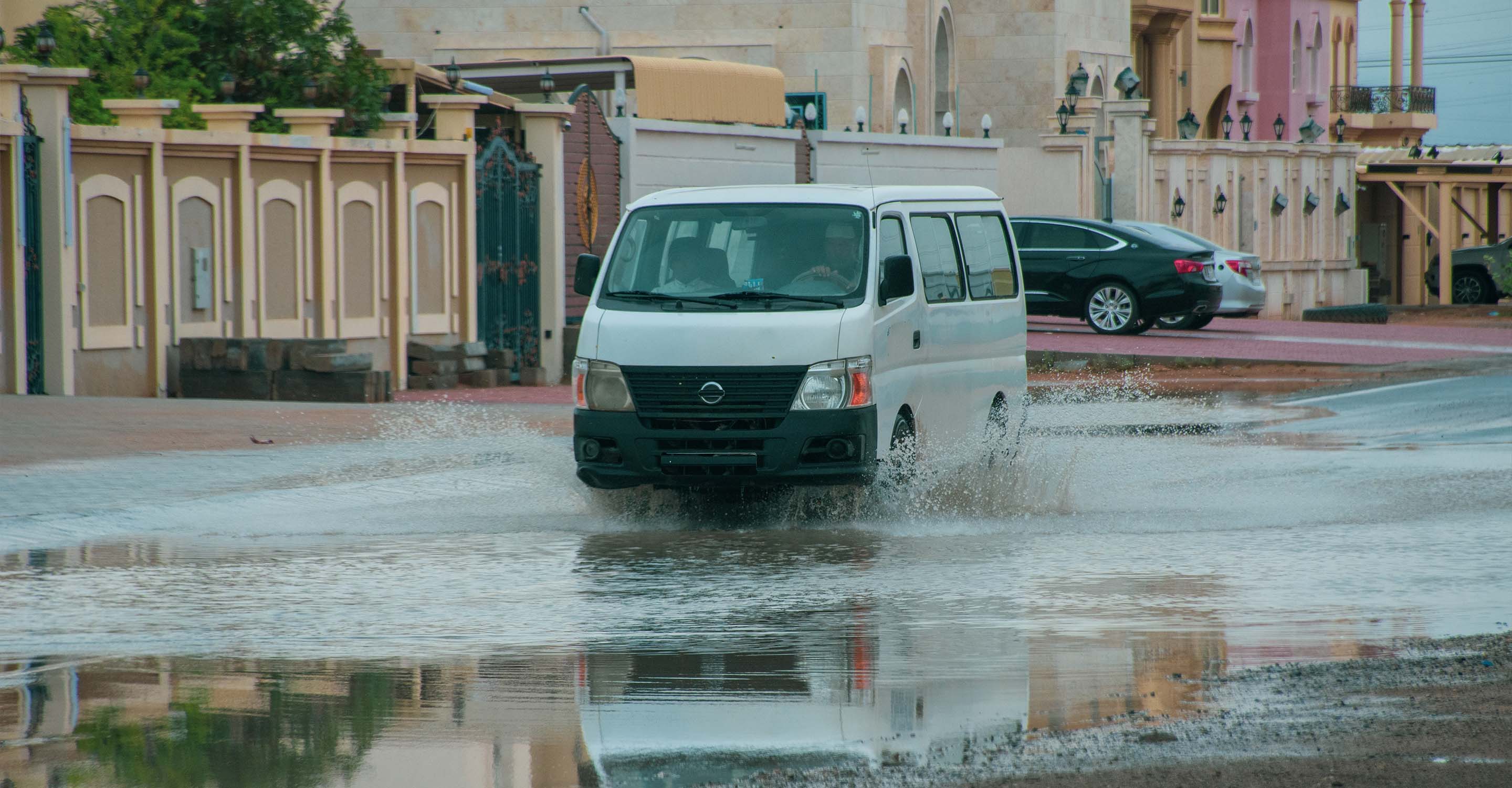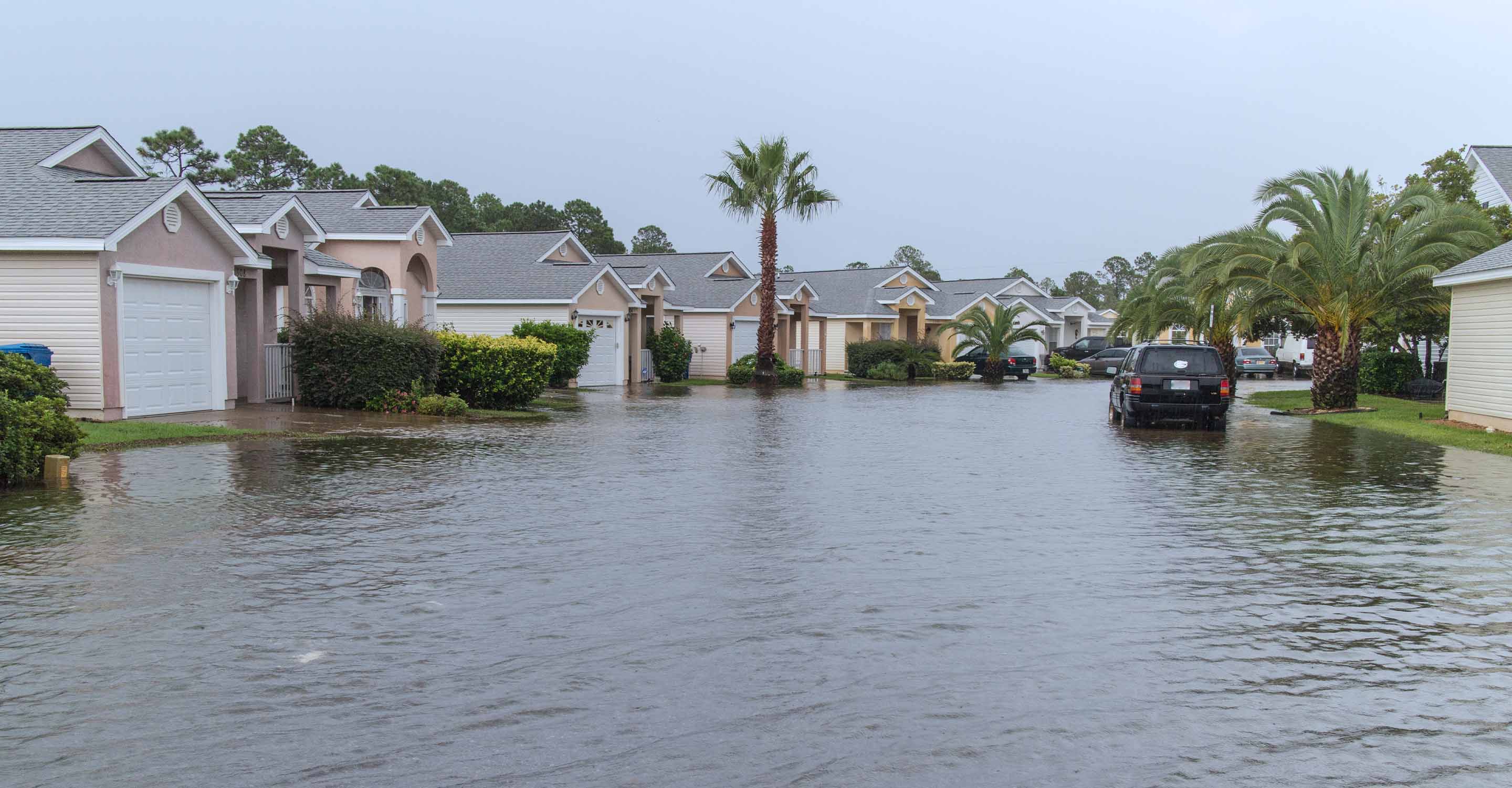Ulaanbaatar air quality map
Live air pollution map of Ulaanbaatar
50.9K people follow this city
Full screen
Contributors
10
Stations
18
Contributors category
3
Government
1
Non-profit organization
0
Educational
0
Corporate
3
Individual
3
Anonymous
Most polluted air quality stations
| # | station | US AQI |
|---|---|---|
| 1 | Khailaast | 137 |
| 2 | Mongol gazar | 137 |
| 3 | French Embassy - Peace Avenue | 124 |
| 4 | 1-r khoroolol | 122 |
| 5 | Wrestling Palace | 117 |
| 6 | Blackhole | 112 |
| 7 | Baruun 4 zam | 105 |
| 8 | Khoroo 3 | 95 |
| 9 | Urgakh naran | 95 |
| 10 | Mandakh Naran Tuv | 86 |
Health Recommendations
| Sensitive groups should reduce outdoor exercise | |
| Close your windows to avoid dirty outdoor air GET A MONITOR | |
| Sensitive groups should wear a mask outdoors GET A MASK | |
| Sensitive groups should run an air purifier GET AN AIR PURIFIER |
community highlight
Ulaanbaatar most followed contributors


Become a contributor
Get an AirVisual Outdoor and contribute to collecting millions of data points for the Ulaanbaatar map to track local air pollution
Understand air pollution and protect yourself
Ulaanbaatar MAP AIR QUALITY ANALYSIS AND STATISTICS
What are some of the readings shown on the air quality map for Ulaanbaatar?
To quote some examples seen on the air quality map for Ulaanbaatar, as of August 2022, a variety of pollution levels were shown, in the form of US AQI readings. Of note is that these numbers change and fluctuate constantly, and the following figures are being used as a reference point for those wanting to know more about the air quality map and how it functions or can be helpful. Readings in Ulaanbaatar came up with lows of 8 and 10, indicating very clean air quality levels that fell within the 'good' rating bracket. Not far away, higher readings of 59, 69 and 88 were also seen, both sitting within the 'moderate' rating bracket. A high of 196 was also recorded, placing it into the higher end of the 'unhealthy' rating bracket, which as the name suggests, is quite dangerous to be exposed to. Follow the air quality map above to see which areas of the city are experiencing pollution spikes, and which areas have cleaner air quality.
Does using air pollution maps in Ulaanbaatar help to reduce health risks?
Using the air quality map above, or air pollution map as it can also be referred to in Ulaanbaatar and throughout Mongolia, may indeed help to prevent many different health problems that can crop up throughout the population. This is far more prominent in areas that have severe pollution spikes occurring, and as can be seen from the city pages, the air quality records from years past, as well as the current readings present on the air quality map above (which are always subject to change, but have some areas within the city that remain highly polluted far more than they should), there are indeed areas of Ulaanbaatar where health problems will be occurring with much greater frequency and severity when compared to other areas of the city as well as throughout the country. As has been touched on in the article for the city page for Ulaanbaatar (also found linked to this air quality map page, with the use of two of them lending itself to being of much greater help to users), many people are moving into the city for work-related reasons, which is causing a large increase in the population size, along with increased vehicle usage, fuel burnt at power plants to provide energy, as well as highly polluting clouds emanating from incidences of open burning of unclean fuels or material occurring.
To delve briefly into some of the health issues that higher pollution exposure can cause (which can thus be stemmed or at least eased by referencing the air quality map for Ulaanbaatar and avoiding areas that are experiencing higher pollution spikes or even consistently high smoke and haze levels), they are ones that commonly affect the lungs and upper respiratory tract. This includes irritation to the mouth, nose, ears and eyes, as well as the skin being affected by irritating particles or chemicals in polluted air. chronic obstructive pulmonary disease (COPD) symptoms may start to appear, which can cause a myriad of potentially life-altering illnesses such as asthma to occur, particularly in vulnerable groups or younger children. Others include increased risk of heart attacks or strokes, arrhythmias, and increased rates of premature death which can be linked to excessive pollution exposure.
What are some types of pollutants that are present in the readings on the air quality map for Ulaanbaatar?
The air quality map for Ulaanbaatar shows pollution levels in the form of US AQI readings, taken from air quality monitoring stations set up throughout the city. Whilst the figure itself does not directly quote the pollutants and their concentration levels (which may be seen on the city page for Ulaanbaatar), it is useful to know which pollutants go into forming the US AQI reading, which is itself aggregated from several main pollutants. These include PM10 and PM2.5, the two main particle pollutants, as well as nitrogen dioxide, sulfur dioxide, carbon monoxide and ozone. Thus, when pollution levels are exceedingly high on the air quality map for Ulaanbaatar, individuals are far more likely to be at greater risk of exposure to the aforementioned pollutants. Many others do exist and can be researched, but the ones just listed are the most base and common pollutants found worldwide, hence why they are used for calculating the overall pollution levels.
Are there people who might benefit more from using air quality maps within Ulaanbaatar?
As pollution can have significant damaging effects on the entire population within Ulaanbaatar and Mongolia, there is no distinct group of people that will be entirely immune to both the short and long-term effects that breathing ultrafine particles, haze and chemical compounds can bring. For a broader answer, everyone can indeed benefit from using air quality maps and referring to them whenever possible (particularly if the air in Ulaanbaatar is noticeably more polluted, which given its pollution record over the last few years before 2022, was already quite high), can help users understand exactly where these pollution spikes are occurring, as well as what times of the day they are at their worst, and so on throughout the rest of the year. Referencing the first question in this article which discusses in some detail the readings present on the air quality map towards the second half of 2022, it can indeed be seen that pollution is highly concentrated in some areas whilst it remains decent or even very good within others, often having multiple reasons behind them as to why such areas are more polluted and others less so.
For the areas that have higher levels of air pollution present on the air quality map above for Ulaanbaatar, as mentioned anyone can fall ill from excessive exposure, or even from short-term acute exposure, particularly if the pollutants lingering in the air can cause or trigger any number of health issues. This includes young and healthy individuals, who are less likely to get severely sick from breathing pollutants, although effects may start to show over prolonged periods, or even manifest themselves later in life in the forms of some of the ailments mentioned earlier in the article. To go into detail about those that may benefit more from reading the air quality map figures present above, they include groups of people that can be considered as being much more vulnerable, or at-risk to illnesses, which can easily be brought about by breathing polluted air. These groups include the elderly, who are at much greater risk of developing issues related to their cardiovascular or pulmonary systems (the heart and the lungs), and if other comorbidities are present or individuals amongst the aged demographic are already in poor health, simple infections of the upper respiratory tract such as the throat, or lower down in the chest may turn into life-threatening illnesses, with some of the COPD illnesses such as bronchitis or pneumonia becoming potentially fatal, especially if pollution exposure is not ceased. Once again, this can be helped by referring to the numbers on the air quality map, as avoiding the areas that have darker disks with readings that put them at a color coding of orange, red and above may cause elderly citizens within Ulaanbaatar to fall ill.
Others include pregnant women, with ultrafine pollutants and chemicals being able to penetrate deep into the body and potentially make their way into the unborn child they are carrying, which can have some severe consequences that may either manifest themselves later in the child's developing life, or in other forms such as premature birth, low birth weight, and an increased chance of a miscarriage occurring. Other groups that should take extra care include young children and babies (and as such, family units can benefit from the collected use of avoiding pollution hotspots on the air quality map), along with those that suffer from pre-existing health conditions, compromised immune systems, or those with a hypersensitive disposition towards certain particles and pollutants (which may initially even be brought about by exposure to such materials, causing allergies and long term alterations to the bodies reaction to unwanted or dangerous pollutants).
Ulaanbaatar air quality data attribution
10Contributors
 Ministry of Environment and Tourism of Mongolia
Ministry of Environment and Tourism of Mongolia10 stations
 U.S. Department of State
U.S. Department of State1 station
3 Government Contributors
Non-profit organization Contributor
- Blackhole
1 station
- Ambassade de France en Mongolie
1 station
 Eric
Eric1 station
3 Individual Contributors
 3 Anonymous contributors
3 Anonymous contributors3 stations
3 Anonymous Contributors
6 Data sources
Where is the cleanest air quality in Ulaanbaatar?
- Khailaast 137
- Mongol gazar 137
- French Embassy - Peace Avenue 124
- 1-r khoroolol 122
- Wrestling Palace 117
- Blackhole 112
- Baruun 4 zam 105
- Khoroo 3 95
- Urgakh naran 95
- Mandakh Naran Tuv 86
- Misheel Expo 78
- US Embassy in Ulaanbaatar 74
- Olympic Street 54
- River Garden 49
- Songinoikhairkhan 67r Surguuli 45
- Sharkhad 34
- Bogd Khaan Palace Museum 33
- 5 buudal 24








